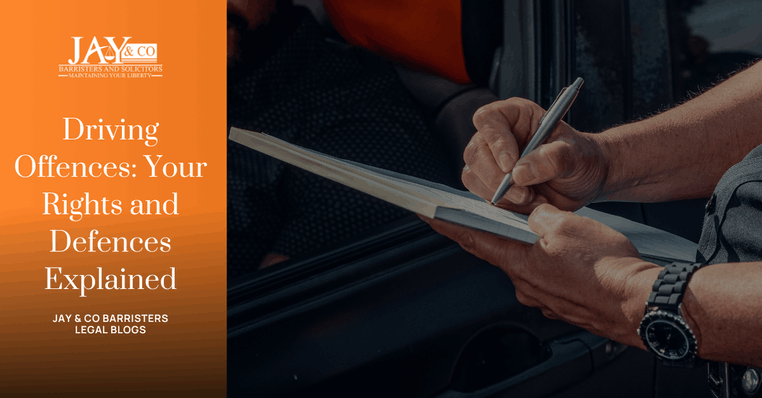MOTOR TRAFFIC LAW – IMPOUNDMENT, IMMOBILISATION OR FORFEITURE ORDERS
In Victoria, The Road Safety Act 1986 is the legislation that governs a majority of Motor Traffic laws, which give rise to Forfeiture, Immobilisation and Impoundment Regulations. In breaching these legal provisions in Victoria, the Police can and will often seek to Impound (often for a mandatory 30 day period) or Forfeit a motor vehicle used in the commission of the offence. The following are situations, and types of offences whereby legal advise is to be sought immediately:-
Road Safety Act 1986
1. Section 84C a Relevant offence means:
(a) a tier 1 relevant offence; or
(b) a tier 2 relevant offence.
Tier 1 relevant offence means:
(a) second or subsequent offence against s 18(1) – unlicensed driving
(b) second or subsequent offence against s 30(1) – driving while disqualified
(c) second or subsequent offence against s 49(1)(b), (f) or (g) – driving with a blood alcohol concentration in excess of 0.05
(d) second or subsequent offence against s 49(1)(bb)(h) or (i) – driving under influence of drugs
(e) second or subsequent offence against s 65B – heavy vehicle exceeding
speed limit by more than 35 km/hr
(f) second or subsequent offence against s 64(1) – dangerous driving
more than 70km/hr over the speed limit, or over 170km/hr in a
110km/hr zone
Tier 2 relevant offence means:
(a) an offence against s 64(1) – dangerous driving
(b) an offence against s 64A(1) – driving when directed to stop
(c) an offence against s 65(1) – careless driving involving improper use
of a vehicle
(d) an offence against s 65A(1) – improper use which causes loss of
traction on the vehicle tyres.
(e) an offence against s 68(1) or (2) – speed trials
(f) an offence against s 68B – deliberately or recklessly entering a
level crossing when a train or tram is approaching
(g) an offence against s 65B or rule 20 of the Road Rules – heavy
vehicle exceeding speed limit by 35km/hr or more, where the speed is
between 45km/hr and 70km/hr over the speed limit; or where speed is
not over 145km/hr in a 110km/hr zone.
2. Section 84S – Impoundment or immobilisation order
If a driver is found guilty of:
(a) a tier 1 relevant offence; or
(b) a tier 2 relevant offence which is their second or subsequent
offence in the past 3 years the Court must order that the vehicle
used in the commission of the relevant offence:
(c) be impounded or immobilised for a period of 45 days (or any longer
period up to 3 months, upon application by the Chief Commissioner of
Police); OR
(d) be forfeited to the Crown by order under s 84T(1).
3. Section 84T – Forfeiture order
If a driver is found guilty of:
a tier 1 relevant offence which is their second or subsequent tier 1 relevant offence in the past 3 years;
a tier 2 relevant offence which is their third or subsequent tier 2 relevant offence in the past 3 years;
a tier 2 relevant offence and they have committed 2 or more relevant offences (either tier 1 or tier 2) in the past 3 years
the Court may order that the vehicle used in the offence be forfeited.
4. Section 84Z – Hearing of application
A person who is served with a notice for impoundment, immobilisation or forfeiture order, must be allowed to be heard at the hearing of the application for the order. They must be allowed to show cause why the order should not be made; usually through Exceptional Hardship under S.84Z(3) of the Road Safety Act. The grounds to express Exceptional Hardship must be done by your lawyer in court before a Magistrate.
As per Section 84(O)(3a) take note that if a person’s licence is disqualified or suspended for a time length longer than the immobilisation or impoundment period, a Magistrate is TO NOT take into account any exceptional hardship provisions that it may cause the person. To put it simply, if a person is going to have lost their licence for a time length longer than the time a vehicle is impounded or immobilised, exceptional hardship will not work to shorten or remove the period of impoundment or immobilisation.
A decision made by a Magistrate for the vehicle to be forfeited or destroyed is subjected to the ability of being appealed, which will be heard in the County Court as per the Section 84ZB of the Road Safety Act 1986. All relevant paperwork needs to be filed at the Magistrates’ Court at the conclusion of the Hearing.



